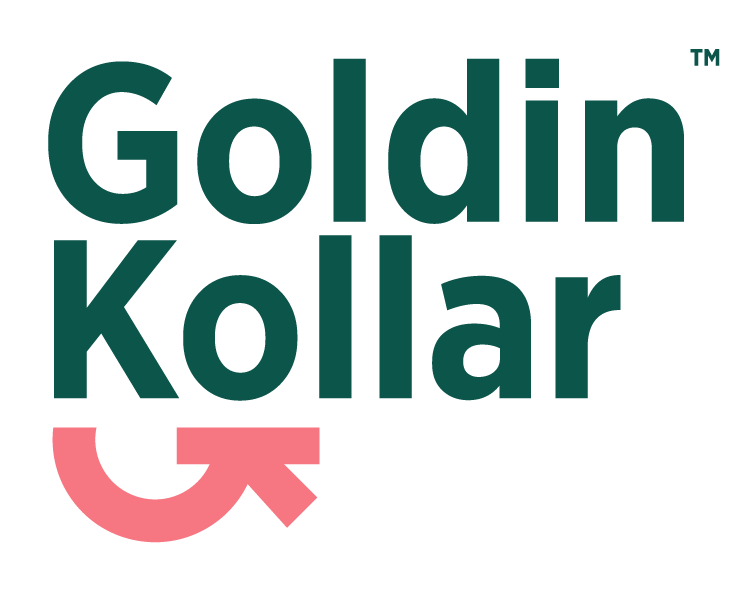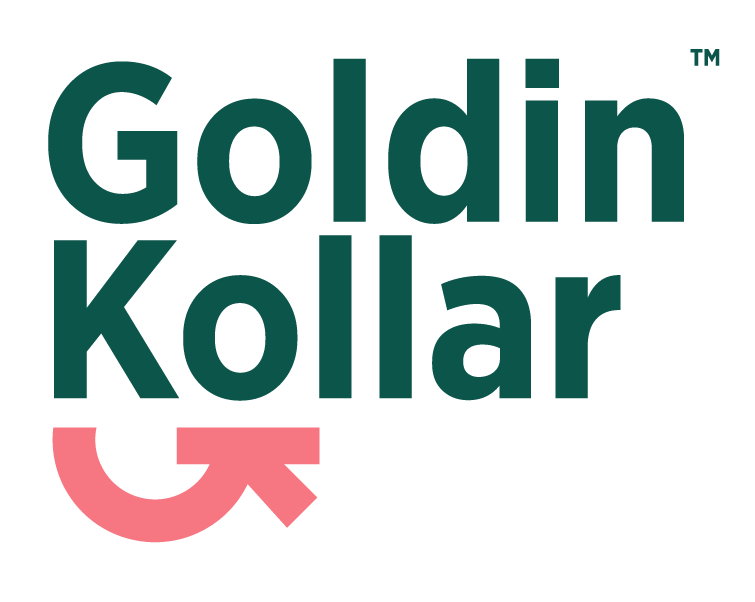1. Internal Communication: The Foundation of Trust
In football, communication between the coach, players, and management is key to success. Similarly, internal communication is the backbone of a successful employer brand. Transparency, consistency, and accessibility in communication channels foster trust and ensure employees feel informed and valued. Key strategies include:
- Frequent Updates: Use town halls, newsletters, and intranet portals to share organizational news and celebrate achievements.
- Two-Way Channels: Encourage employee feedback through surveys, suggestion boxes, and open-door policies.
- Personalization: Tailor communication to different departments and roles to ensure relevance.
When employees are well-informed and their voices are heard, they’re more likely to align with the organization’s vision and advocate for it — just like a team in sync on the field.
2. Employee Experience: The Heart of Engagement
A footballer’s experience at a club goes beyond their salary. It includes training facilities, team camaraderie, fan support, and their role in the team’s vision. Similarly, employee experience (EX) encompasses every touchpoint in an employee’s journey, from onboarding to exit. A seamless, positive experience not only boosts engagement but also strengthens loyalty. Focus on:
- Onboarding Excellence: Create welcoming, structured programs that integrate new hires into the company culture.
- Professional Development: Offer learning opportunities, career growth paths, and mentorship.
- Wellness Programs: Address physical, mental, and emotional well-being through comprehensive wellness initiatives.
A great employee experience transforms team members into advocates who live and breathe the organization’s values.
3. Engagement: Turning Employees into Advocates
Engaged employees are like star players who give their all on the pitch. They’re not just satisfied; they’re motivated and invested in the company’s success. Foster engagement through:
- Recognition: Celebrate contributions with personalized appreciation and meaningful rewards.
- Involvement: Involve employees in decision-making processes to give them a sense of ownership.
- Community Building: Promote collaboration and camaraderie through team-building activities and inclusive events.
Engagement isn’t a one-time initiative — it’s a continuous effort that requires regular feedback, adaptation, and investment.
4. Culture and Strategy Alignment: The Ultimate Differentiator
Just as a football club’s playing style and philosophy must align with its recruitment strategy, your organizational culture and business strategy must work in harmony. This alignment ensures:
- Clarity of Purpose: Employees understand and support the organization’s goals and values.
- Consistency: Internal and external branding messages align, creating credibility.
- Sustainability: The employer brand evolves with the business, staying relevant and resilient.
Organizations that align their culture and strategy not only attract top talent but also retain them by providing a sense of belonging and purpose — just like players who stay loyal to a club they believe in.



